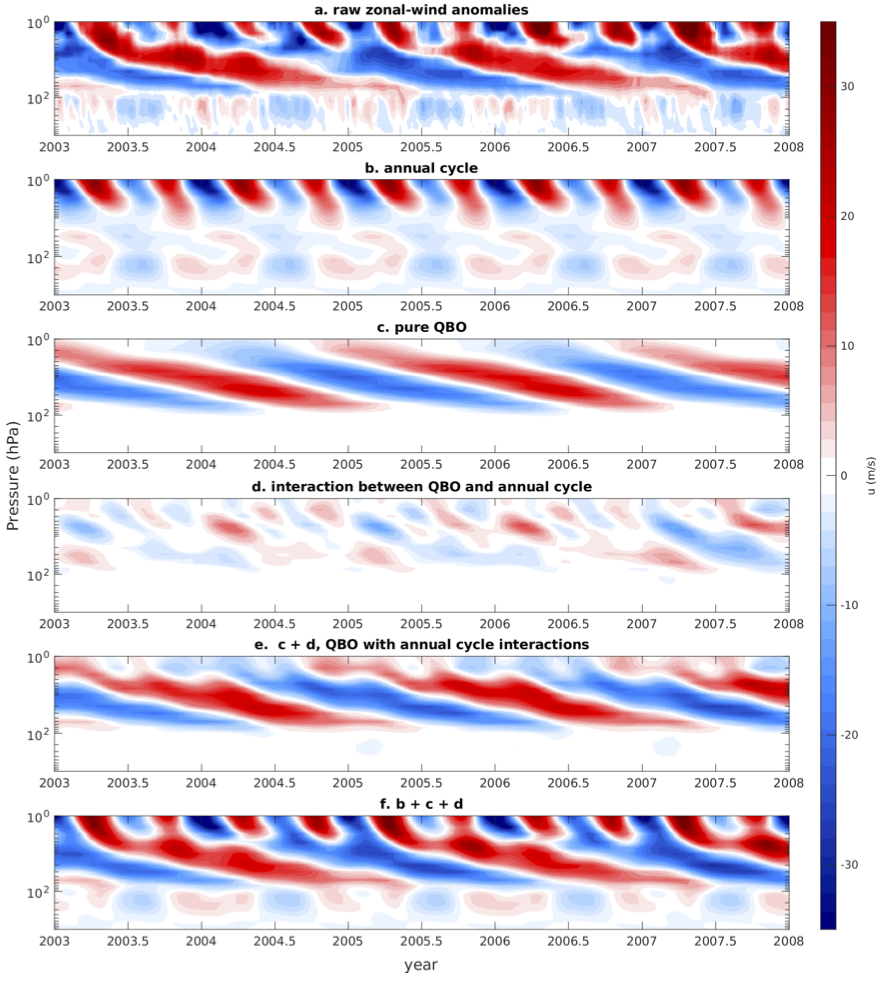Nonlinear Interaction between the Drivers of the Monsoon and Summertime Stationary Waves
Published:
Suppose you could build your own planet: create continents, lift mountains, carve out the bathymetry of the ocean to help direct its currents! What would you need to do to create the monsoonal circulation on Earth, the sharp seasonal transitions in rainfall that play such a huge role in the climate of South and East Asia?
It turns out that it would not be easy! Land sea contrast, topography, and oceanic heat transport interact nonlinearly to generate the monsoons. For more details, please see our new paper on the the building blocks of the monsoons, just submitted to Geophysical Research Letters.
Bringing this back to our planet, these nonlinear interactions complicate our efforts to understand the monsoonal circulations in climate models. Nonlinear interactions imply that an error in the representation of one component of the system (say, soil moisture and vegetation) could alter the impact of other components, making it very difficult to trace the origin of the mistake. It tells us that we must be very careful in diagnosing model biases, and in how we interpret the response of the system to perturbations, including greenhouse gas forcing.




